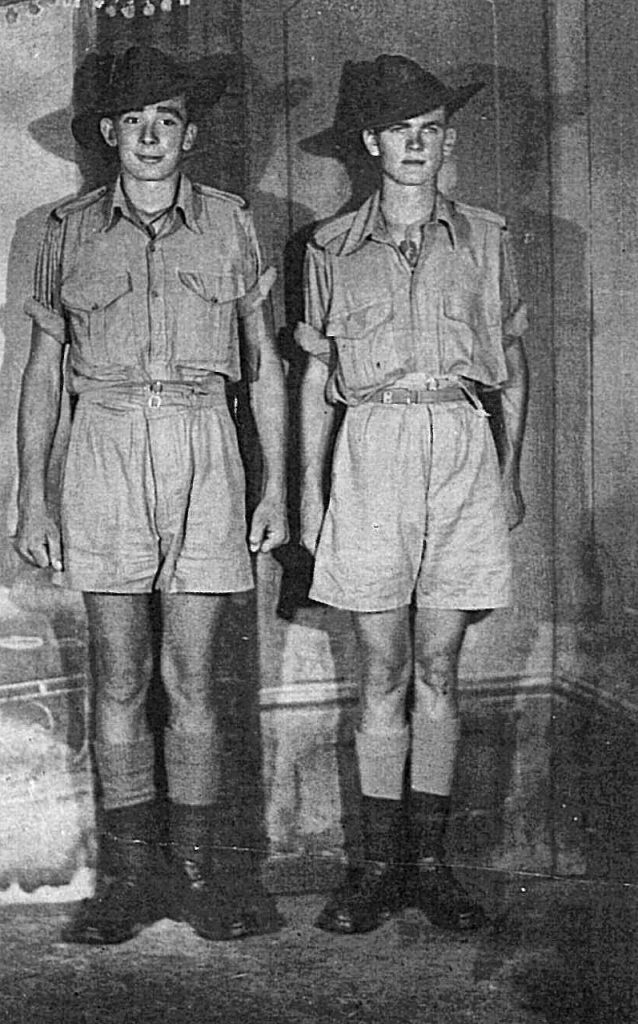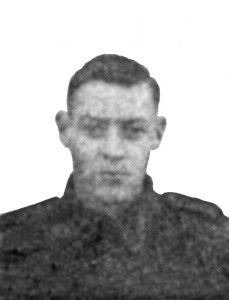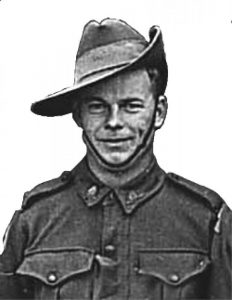POW CARDS RECEIVED SEPTEMBER 1943 BY WA FAMILIES
Sent by POWs JAMES WILLIAM ROBINSON,
JOSEPH LEWIS LONSDALE,
FRANK HINDS,
and BERT HEAL.
Bert Heal and Jim Robinson would lose their lives and not return to their families.



Lane and Lonsdale look very much like two school boys, well not long out of school! Dennis Lane died at Sandakan early 1945.
WX16717 Joseph Lewis ‘Lew’ LONSDALE was born Melbourne, Victoria 1923.
Lew enlisted 24 September 1941 aged 18 years. He joined 2/4th and was Taken on Strength to Woodside Camp, SA on 5 October 1941. He joined ‘B’ Company Headquarters under CO Cpt Bunning and captured Singapore 15 Feb 1942.
Lew was selected with ‘D’ Force V Battalion to work on the Burma-Thai Railway leaving 17 March 1943.
Lew was one of the fortunate – V Battalion under leadership of Alf Cough had one of the highest death rates on the line. 50%. Please read about this Battalion.
When the rail link was completed toward end 1943, Lew was sent to Non Pladuk Camp to recover. It was here he was selected ‘fit’ by the Japanese to work in Japan with ‘Aramis’ Party.
Read about ‘Aramis’ Party to Japan.
He was sent to Omuta 17. Omuta was truly a hell-hole – run by ‘American Mafia’. Please read further.
Most of the POWs worked in the underground mine.
For some men the thought of being crushed by collapsing ceilings, suffocation and/or blast injuries were very real. Others simply feared working in a confined space. Apprehension was dealt with the usual Japanese method of persuasion and brutality. It is known some Dutch and Americans deliberately injured themselves (breaking an arm) to avoid mine work.
WX16727 ‘Lou’ Lonsdale who arrived with ‘Aramis’ Party 19 June 1944 describes the work underground in his Affidavit to War Trials. (AWM54 File 1010/4/92)
‘We were worked 8 or 9 hours a day on shift work in the mine and were actually away from camp about 12 hours because we had to march about two miles to the mine and back again. Work in the mine was divided into three sections.
-
Work in the extraction section consisted of blasting the coal wall and shovelling coal into trucks and elevators to the surface.
-
In the preparation section work consisted of building rock walls along the tunnels as coal was being taken out, to make it as safe as possible.
-
In the exploration section work consisted of tunnelling through from given points making new laterals and coal.
Japanese and Koreans were working in the mine at same time as POWs and Chinese labour battalions working in the adjoining mine, which connected with the mine we were working in. Reports came to us that the Americans had originally owned the mine and abandoned it as they considered it unsafe to extract more coal. When we arrived at Omuta we found the mine had been re-opened. We were taking out pillars of coal that should have been left there for safety measures. In some parts of the mine laterals had sunk so low we were bent almost double while carrying tools such as jack hammers, shovels, picks etc. and heavy logs for timbering. There were quite a lot of falls of coal and rock. Ironically the Japanese suffered most in these falls’.
Lew Lonsdale was recovered from Omuta at the end of the war.
-
WX15941 James ‘Jim’ William ROBINSON

Born England, Jim aged 11 years migrated to WA with his family. His birth mother died soon he was born and his father remarried.
Prior to enlisting Robinson was working with Tindal’s Gold Mine, about 5 kilometres south south-east of Coolgardie. He was a miner and truck driver. Enlisted Aug 1941. As a reinforcement he joined 2/4th at Fremantle on ‘Aquitania’ – Headquarters Company under 2/4th’s Commanding Officer Lt. Col Mick Anketell who DOW during the fighting at Singapore.
Jim was selected to work on Burma-Thai railway with ‘D’ Force Thailand S Battalion. This Battalion included more than 120 men from 2/4th, departed Singapore Railway Station mid May on a horrific 4-5 day train journey. Crowded into small carriages the men were freezing cold at night and the days absolutely roasting hot.
The first camp they worked at was Tarsau which would become the Japanese HQ for ‘D’ Force. Soon after it became the Hospital Camp for ‘D’ Force Thailand ‘S’ Btn – Tarsau work load did not prepare them for Konyu II and the Hellfire Pass region they were going to. And they were to soon realise Changi was a holiday camp in comparison to working on the Railway.
We believe Robinson was one of many POWs evacuated sick out of Konyu area and taken by barge to Chungkai Hospital Camp where he died of acute enteritis 28 July 1943 aged 28 years.
WX8597 Frank HINDS born Maylands 1911 enlisted AIF Oct 1940. He later joined ‘B’ Coy 9 Platoon.
He left Singapore to work on Burma-Thai Railway with ‘F’ Force Thailand.
Hinds was also fortunate to survive the horrors of ‘F’ Force and returned to Singapore around Christmas 1943. During 1945 Frank worked with the Levelling Party Changi Aerodrome, then X6 Party and P Party. Please read about these work parties.

Frank was a tennis player and belonged to Maylands Rowing Club prior to enlisting. He had worked at the Maylands Brickworks.
Frank was a fit young Australian man and survived to be recovered from Changi at the end of war.
He married after returning from war. Jack Alderton of 2/4th was also a Maylands boy. His suicide in 1952 was devastating for Ivy and Frank and many men.
WX9320 Herbert William HEAL (Bertie/Bert) had been working as a yardman in Toodyay prior to enlisting with AIF.
As a POW in Singapore Heal was selected to work on Burma-Thai Railway with ‘F’ Force Thailand. .
As did Frank Heal. The majority of POWs who made up ‘F’ Force had been former patients and/or older soldiers. It is probable Bertie had been hospitalised prior to this selection and many POWs had been ill, hospitalised or recently released to their Units.
Bert was evacuated from the railway line to Tanbaya Hospital Camp in Burma where he died of beri beri and dysentery on 22 Dec 1944 aged 33 years.
Bert had interests in yachting and side-car racing at Claremont Oval. Prior to moving to work at Toodyay, Bert resided in the family home in Victoria Park.

